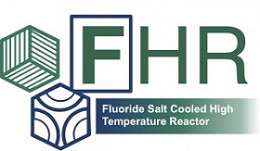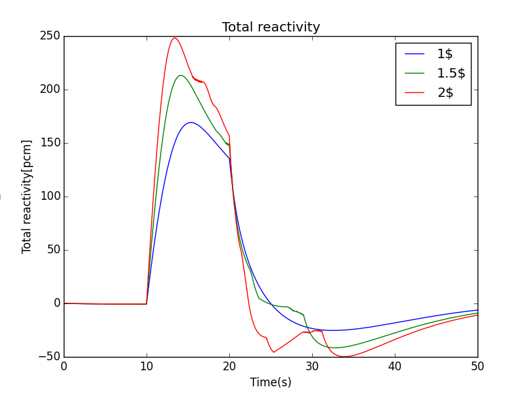Coupled Point Kinetic and Diffusion Model
This model is based on the point kinetics equations with six groups of delayed neutrons and the lumped capacitance heat transfer equations. The model represents a unit cell of an average fuel pebble and FLiBe salt.
Unlike light water reactors, FHRs have substantial graphite reflectors, with thickness comparable to the neutron mean free path length scales. To account for the reflector effect on neutron lifetime, additional (fictional) groups of delayed neutrons are added in the point kinetics equations to represent the thermalized neutrons returning from the reflectors.
This work relied on and extended the Python for Reactor Kinetics (PyRK) package. This package provides a modular simulation environment for coupled point-reactor kinetics and thermal hydraulics. This open source Python package provides a modular and generic material definition framework, a coupled lumped parameter thermal hydraulics model with zero-dimensional neutron kinetics, and an API for freely distributed ANSI standard precursor data. Its object-oriented modeling paradigm and generic structure provided an extensible, design-agnostic toolkit for this accident analysis.
The model has been used to study reactivity insertion transients. Figure 2 to 5 show the simulated response in fuel and coolant temperature, power, and reactivity to a ramp reactivity insertion at t0 = 10 s of 1$, 1.5$, and 2$. In all cases, the fuel temperature rises shortly after reactivity insertion, causing a drop in reactivity due to the overall negative reactivity feedback. The coolant temperature rises, following the fuel temperature, and causes a small reactivity gain. However, this is negligible compared to the fuel temperature feedback and does not affect the total reactivity. Maximum average fuel temperature remains under 1220°C in the most severe case, and maximum avarage coolant temperature below 945°C.
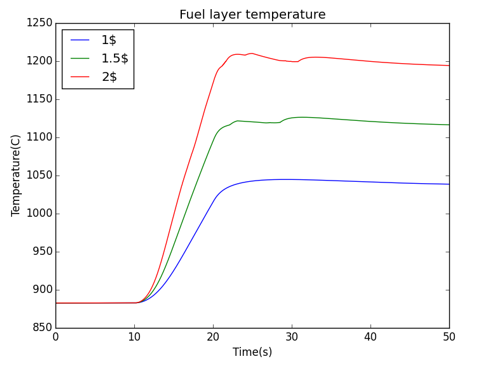
Figure 2: Average fuel temperature during a ramp reactivity insertion as a function of inserted reactivity
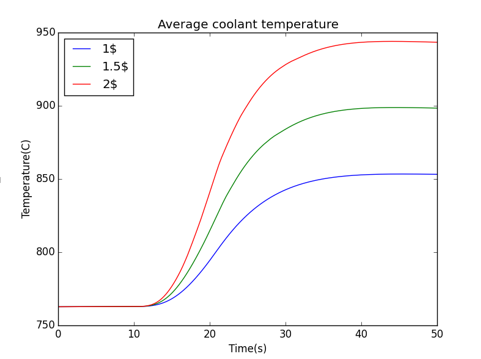
Figure 3: Average coolant temperature during a ramp reactivity insertion as a function of inserted reactivity
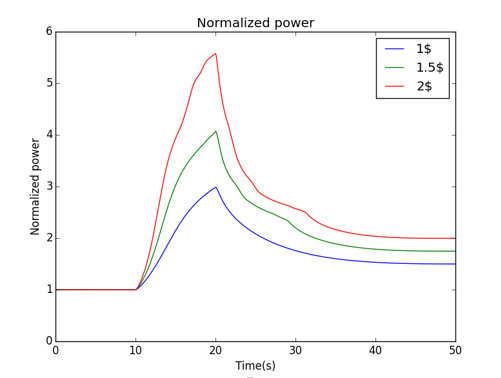
Figure 5: Average core power during a ramp reactivity insertion as a function of inserted reactivity
PyRK is a python package for nuclear reactor kinetics. It uses a point reactor kinetics model and provides an object oriented simulation environment intended for transient simulations for reactors. It should perk you right up, like a good cup of coffee.
An overview, examples, and other documentation can be found at the PyRK Website: pyrk.github.io

